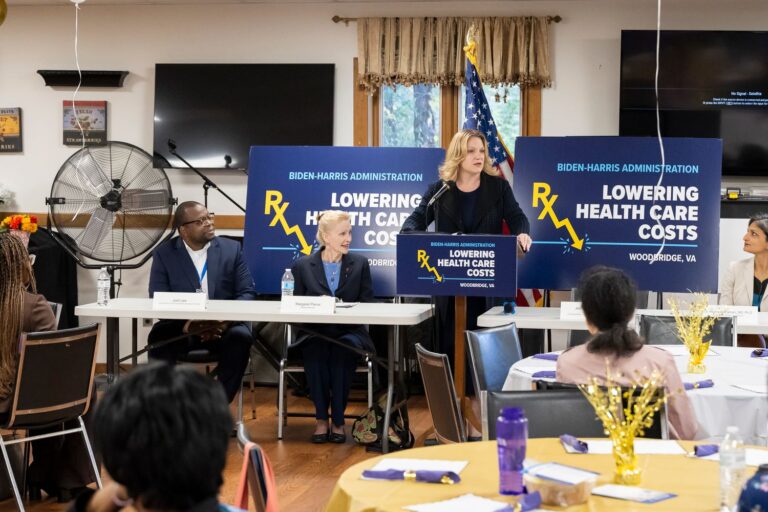US Rural Hospitals Pushed to The Brink of Financial Ruin Amid Coronavirus Crisis
Whereas the full consequences of coronavirus outbreak remain unclear, the pandemic has undoubtedly put a strain on every single aspect of human life, even on the wealthier parts of America’s vast, fragmented healthcare system: there are not enough beds, not enough ventilators, not enough protective equipment. Nonetheless, in rural communities, the stakes are completely different – the concern is not about whether there will be enough beds at the local hospital, but whether the local hospital will be able to stay open at all.
Quite similar to several American families, rural hospitals in the United States have been operating paycheck to paycheck for years, never making enough money to save up for an emergency. Now, coronavirus is threatening the survival of numerous US rural hospitals on frontlines of crisis – these hospitals, especially cash-strapped ones, are facing financial ruin, furloughing staff and even “imminent closure”, which would leave communities particularly vulnerable to the impact of the virus with fewer hospital beds and fewer options.
The U.S. Rural Hospitals: An Unfavorable Reality
As the COVID-19 pandemic bears down, hundreds of hospitals across rural America are facing financial storms, suffering a massive loss of revenue after they were forced to cancel profitable, non-emergency medical procedures.
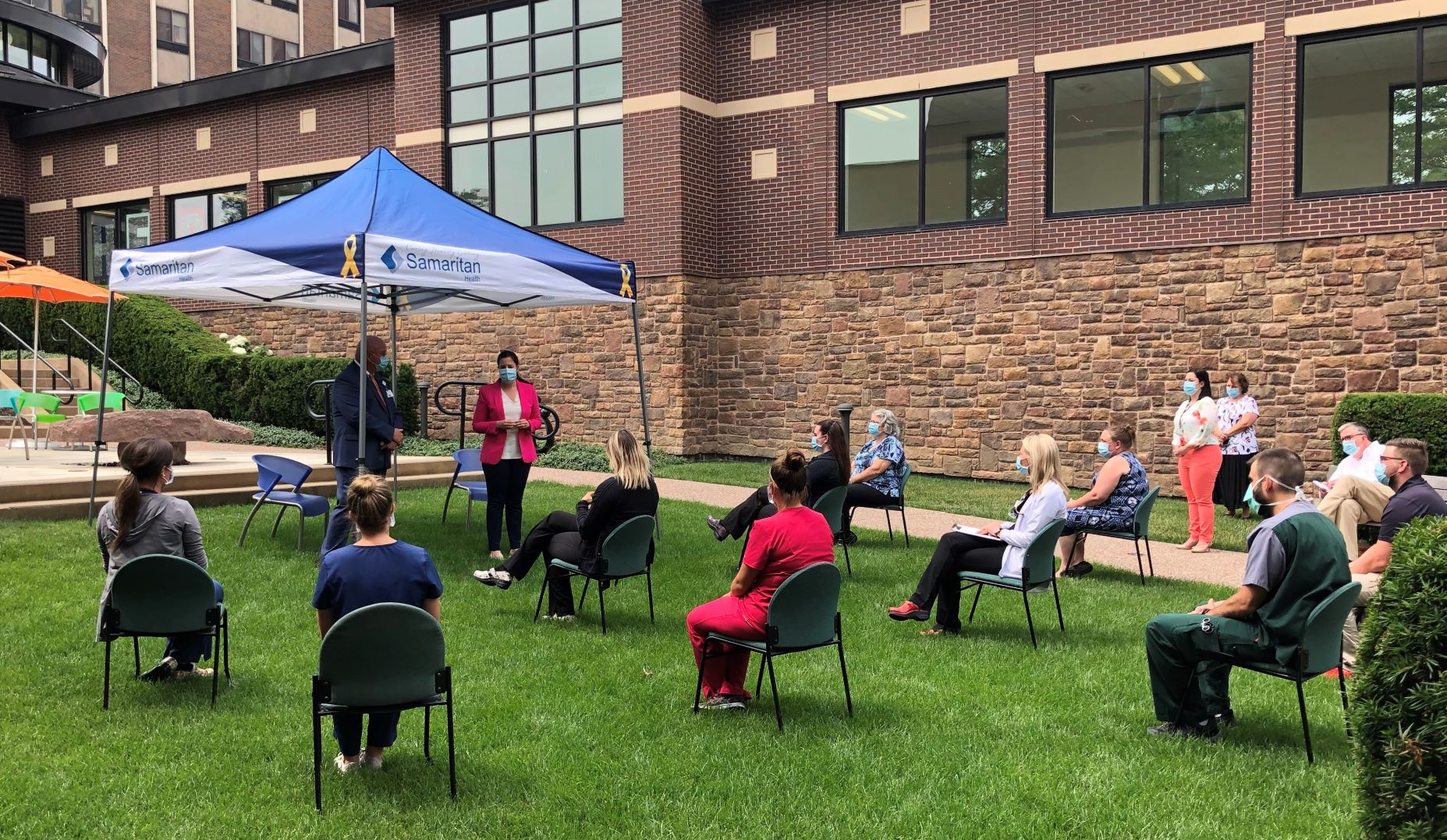
To be more specific, according to Steven Michaud, Maine Hospital Association President, the state’s hospitals are losing an estimated $250 million or more every month. “We’re trying to keep the doors open and the lights on to address this obvious crisis and pay our employees, but we’re getting killed financially,” shared Michaud. Back in mid-march, when Governor Mills declared a civil state of emergency, hospitals were directed to stop performing elective procedures with a view to limiting the spread of coronavirus.
“Our patient volume is significantly down,” said Penobscot Valley Hospital CEO Crystal Landry. Actually, her hospital is operating at 50% below its normal volume. “It’s not just in critical care, it’s imaging, it’s lab testing, everything is about down 50% from what we’d typically see in the month of April” – that means the hospital is bringing in just half the money it typically does this time of year.
It’s been a big financial hit for a hospital that was struggling long before COVID-19. “We are a hospital that is working under a chapter 11 bankruptcy process, we did file over a year ago,” said Landry.
And in fact, Penobscot Valley isn’t the only small hospital that’s struggling. For Lallie Kemp Regional Medical Center, after the government restricted elective procedures – one of the rural hospital’s primary moneymakers – the pandemic erased $1.3 million in expected revenue. If the quarantines continue through May, that figure could swell to nearly $3 million.
“We don’t have any profit margin to speak of, so it will be a direct loss,” said Chad Thompson, the hospital’s chief financial officer. “And we don’t know how long this will last.”
In rural communities across America, staggeringly over 800 hospitals faced financial peril before the pandemic took hold. Now, they are struggling to find a way to treat thousands of coronavirus patients, which could trigger a financial cascade that sinks up to a hundred hospitals within the next year.
Actually, a considerable number of those facilities are in urgent need of pricey ventilators to keep their Covid-19 patients alive.
“A lot of hospitals are holding off on ordering ventilators because of the financial implications of this. And again, I think this is an issue with smaller hospitals,” said Dr. Chethan Sathya, a physician at New York-based Northwell Health. “This could bankrupt many of those smaller hospitals.”
According to a study by Navigant, a professional services firm, around 48% of rural hospitals in Mississippi are at serious financial risk. “Month of April, it’s going to be devastating. Our hospital only volumes are down 40%. Our revenues are down 40%. I don’t know what the volumes are down but, if you’re a rural hospital and you lost money last year and you’re in that, you’re in the same mode that you were. This crisis needs to end today, for those guys to survive,” said Dr. Alvin Hoover, CEO of King’s Daughters Medical Center, Brookhaven, Mississippi.
By May 3rd, 2020, more than 86% of rural counties reported Covid-19 cases totaling more than 66,000 people. And since the outbreak continuously spreads, to save money, rural hospitals have to restructure their cost structure by furloughing workers such as nurses and support staff at a time when health care professionals are needed the most.
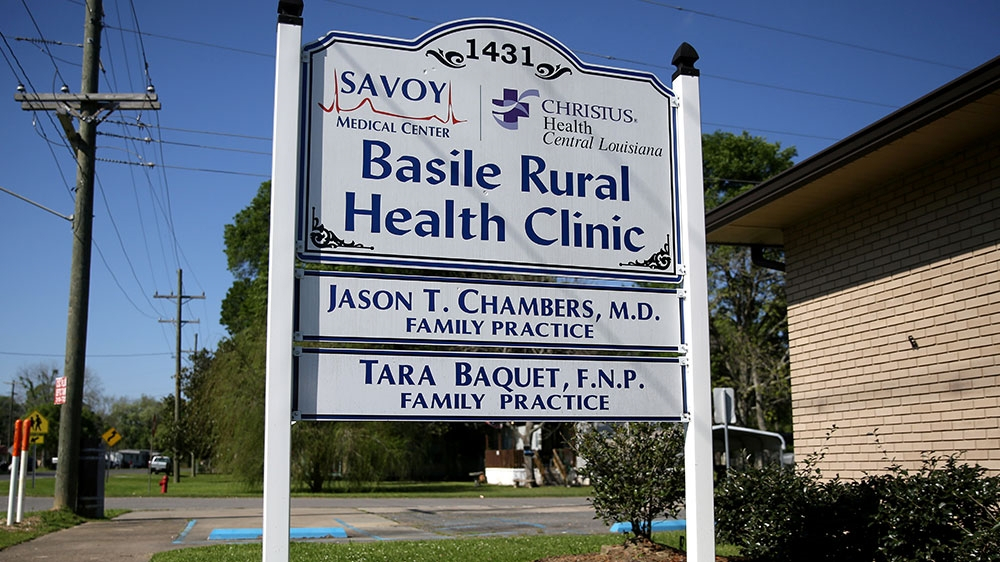
“You have a vulnerable population for COVID, and we see a situation where many of these rural hospitals won’t be able to survive the pandemic,” told Maggie Elehwany, head of government affairs for the National Rural Health Association.
“These are some of the poorest areas of the country,” she said. “The providers are running out of money. They’re running out of supplies and they’re laying off staff as this wave of COVID hits.”
Growing Concern: Will These Hospitals Go Bankrupt Buying Ventilators?
As previously mentioned, several rural hospitals, especially the cash-strapped ones, face financial challenges when it comes to acquiring ventilators.
For those who are not in the know, ventilators are equipment helping patients who cannot properly breathe by pumping air into their lungs. Actually, they are a critical resource in the battle against coronavirus and are in short supply. Typically, ” ventilators are used for the most severe coronavirus patients – patients whose lungs just cannot function on their own. They cannot breathe by themselves and are going into respiratory failure,” said Dr. Chethan Sathya.
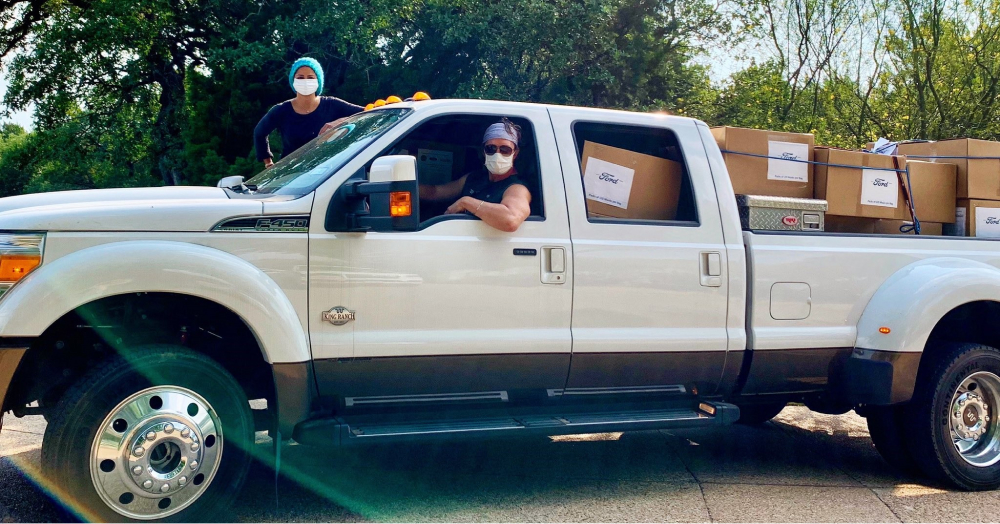
Nevertheless, ventilators aren’t a cure-all. To be more precise, according to a study published in the Journal of American Medical Association, the death rate for COVID-19 patients on ventilators in the New York City area was almost 90%. At the start of the coronavirus pandemic, there were about 160,000 ventilators in U.S. hospitals and less than 13,000 ventilators in reserve in the national stockpile.
Furthermore, during a March, 31st 2020 press conference, Andrew Cuomo, Governor of New York, said that all 50 states and FEMA were in a bidding war with each other, trying to acquire ventilators and were, in effect, driving up the price.
“We’re all trying to buy the same commodity, literally the same exact item. So you have 50 states competing to buy the same item. We all wind up bidding up each other and competing against each other where you now literally will have a company call you up and say, well California just outbid you. It’s like being on eBay with 50 other states bidding on a ventilator.”
To make up for the shortfall, at least one hospital in New York City started putting two patients on a single device. Unlike their urban counterparts, rural hospitals have even fewer ventilators in stock. As Alan Morgan, CEO of the National Rural Health Association did say, “for roughly 60% of the nation’s rural hospitals, they have one, maybe two ventilators onsite. Now, some of the larger ones will have up to four. But again, we’re talking at max, four ventilators onsite.”
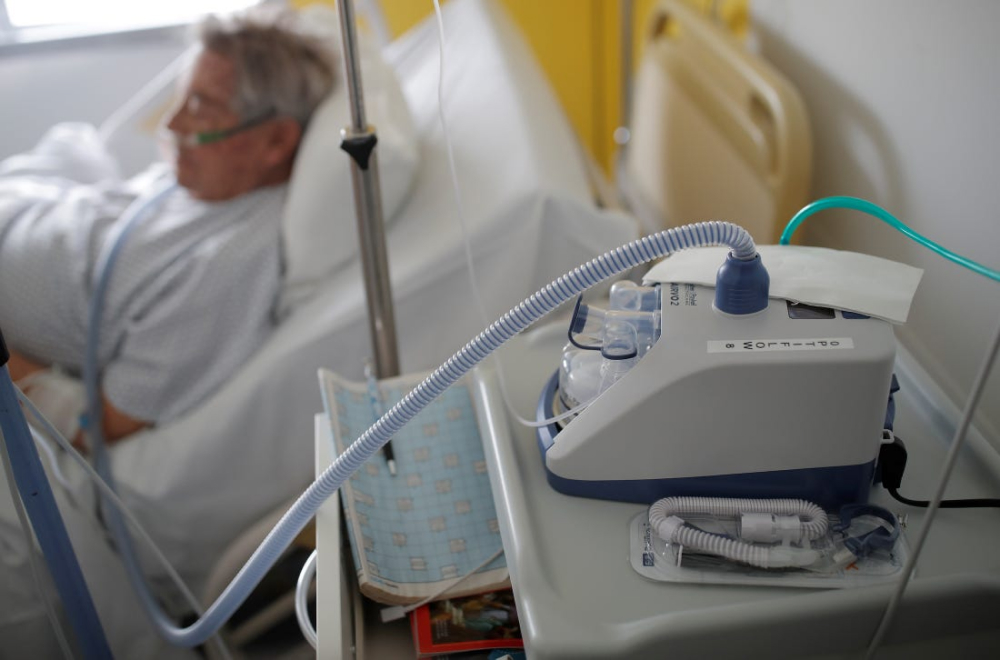
Undoubtedly, the ventilator is a pricey piece of equipment for cash-strapped rural hospitals. In fact, the average cost of a ventilator stands about $25,000 while high-end machines can cost up to $50,000. When it comes to ventilator production, in March 2020, General Motors and Ventec Life Systems, announced plans to mass-produce 30,000 ventilators. In April 2020, the first machines began arriving at Chicago area hospitals. Ford Motor Company announced a collaboration with G.E. Healthcare on March 30th, 2020, saying it would produce 50,000 ventilators within 100 days and up to 30,000 a month after if needed.
These number seems to be good enough to handle the situation – yet, with the coronavirus quickly making inroads into rural America, several hospitals might not have time to wait. “Usually, it takes around 60 days to ramp up production. If a small rural hospital had the cash to purchase, let’s say, five ventilators today, when those could be delivered is anyone’s guess,” according to Julie Letwat, Healthcare Counsel at McGuireWoods.
On average, a typical rural hospital has 25 beds, 58 days of cash on hand, and usually between zero and five ventilators. Whereas ventilator production is on the rise, analysts do think there is little likelihood that rural hospitals will be purchasing the machines anytime soon.
“Well, I don’t think they’re going to be buying them. I’ll be honest with you. They just do not have the money to do so. I mean, if they can get them, whether it’s from a stockpile or a donation, that’s one thing. But they’re really not going to be putting out the money because they don’t have the ability to purchase these in small rural hospitals,” Julie Letwat went on.
Rather than acquiring ventilators, what could spell financial ruin for many small-town American hospitals is the loss of a big chunk of their annual revenue. As Alan Morgan did state, “we project 400 rural hospitals to be at risk and without substantial federal, state intervention in this crisis. It’s reasonable to expect hundreds of rural hospitals to close over the next six months.”
As already discussed, rural hospitals came up against a myriad of problems that preceded the coronavirus pandemic – actually, prior to the outbreak, about half of rural hospitals operated in the red. Rural hospitals tend to have lower patient volume than their big-city counterparts and treat people that are generally older and sicker and rely heavily on Medicaid and Medicare. And hospitals in states that didn’t expand Medicaid under the Affordable Care Act are in a weaker financial position too, according to studies.
To be more specific, Texas is one of several states that refuse to expand Medicaid under the Affordable Care Act, forgoing an estimated 100 billion dollars of federal funding in the 10 years to 2029. Since 2010, the state has already seen 15 hospitals close. Thus, it’s reasonable to say that COVID-19 has only added to those problems.
Speaking of rural hospital’s operation, these hospitals typically make a big chunk of their revenue from high ticket services like cardiac surgery and cancer care, and a lot less money from things like intensive care units and Medicaid patients. To prepare for the influx of coronavirus patients, medical facilities across the country cancel most elective procedures. “When you’re talking about rural hospitals right now, it’s really a tale of two different cities, if you would. The vast majority of them have stopped all elective procedures and they’re losing money right now.”
On April 15, 2020, Decatur County General Hospital in Parsons, Tennessee, closed, becoming the 14th rural hospital in the state to shut down in the past eight years, according to Beckers Health Care. The following week, William Memorial Hospital in southern West Virginia closed its doors, citing a decline in volume from the current pandemic as a reason for the closure.
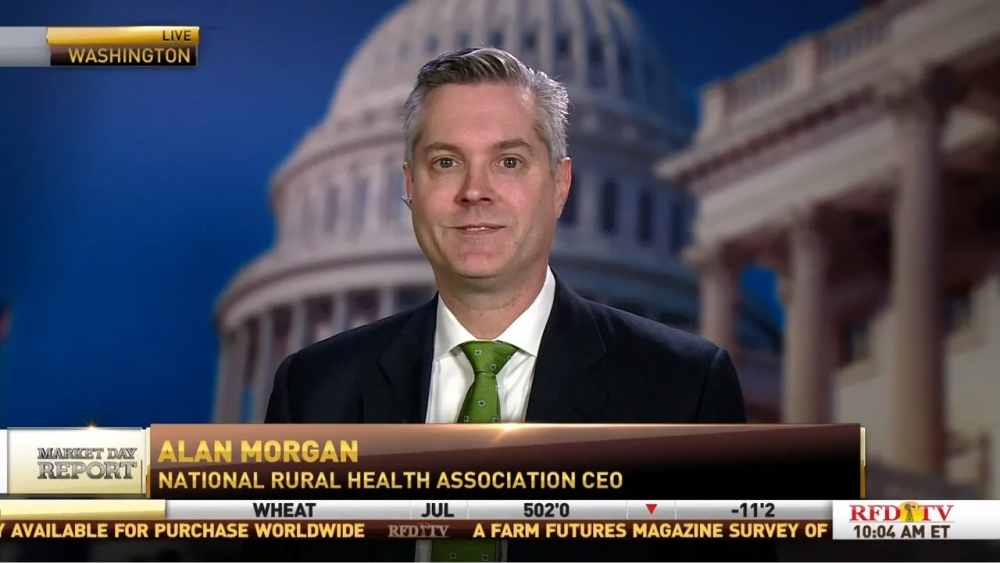
The CEO of the National Rural Health Association went on to share his viewpoint, “one thing to be concerned about is when you look at the current finances of rural hospitals. They’re laying off staff, they’re furloughing staff, they’re cutting salaries, they’re struggling to keep their doors open, they’re currently struggling to make payroll. So, the obvious question is, are they in a position now to purchase ventilators? That’s an unknown that we don’t know at this point. It’s going to be highly unlikely that they’re going to look towards purchasing any type of medical equipment, certainly ventilators, in a time when they’re just trying to make payroll.”
At the start of the outbreak, the hospital had only five ventilators. A request was made to the national stockpile, but none came. A nearby hospital donated a machine and they found an older ventilator in the back of a closet. “We’ve since found an old adult vent in a closet, been in the closet for ten or twelve years because it was out of service. We sent it off and got it refurbished and so that gave us seven vents,” told Dr. Alvin Hoover.
According to Dr. Hoover, if additional Covid-19 patients require ventilation, the hospital could convert some anesthesia machines to low grade ventilators or transfer patients to a nearby hospital.
“I think the great concern, obviously, is you have a rural hospital that has exceeded its max capacity, has utilized its ventilator and is unable to find a larger facility that it can transfer to at this time.” As a backup plan in case other facilities were overwhelmed, it’s recommended that the hospital should adopt a “scarce resource” policy for allocating the ventilators to patients who would benefit the most.
And when it comes to “scoring” the patients, always bear in mind that the wisest strategy “wasn’t age-related or disability-related. If you had a cardiac problem, you’ve got this problem. If you were a cancer patient and under treatment, you got to score. And so it’s a very objective scoring system.”
The Bottom Line
There goes without saying that the “black swan” event of Coronavirus outbreak has gravely threatened the survival of hundreds US rural hospitals, which have already worked under the extra challenge of navigating uncertain government funding to deliver health care to a population that is statistically older, poorer and sicker than much of the country. Unless the situation is better handled, a wave of bankruptcy filings from rural hospitals is likely on its way.
You May Also Like:








